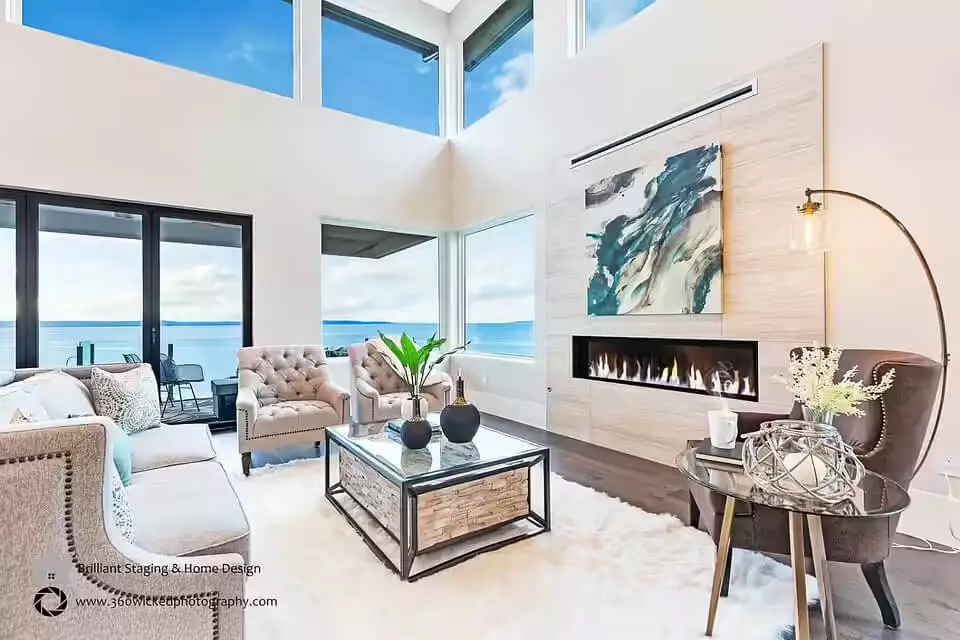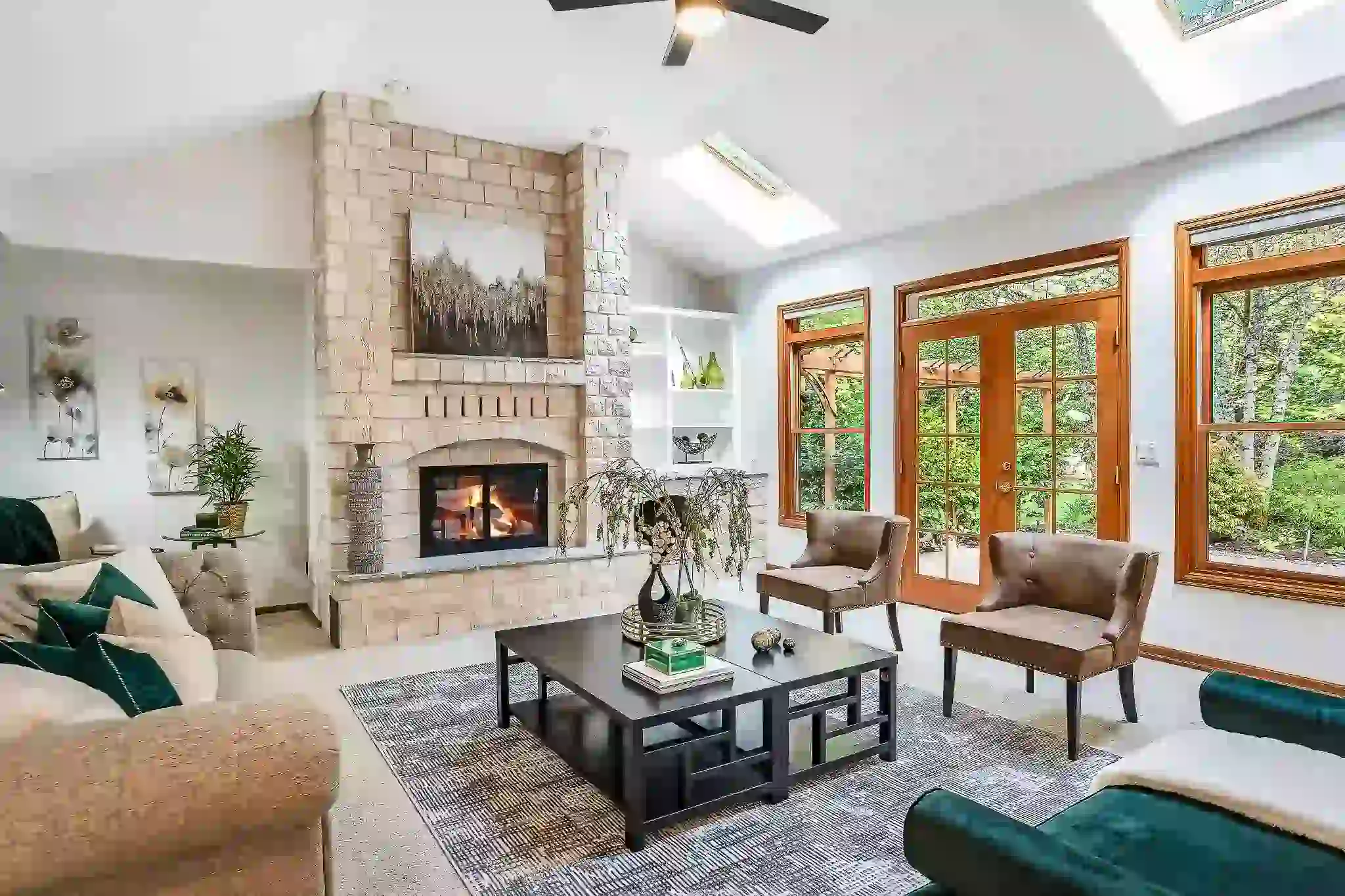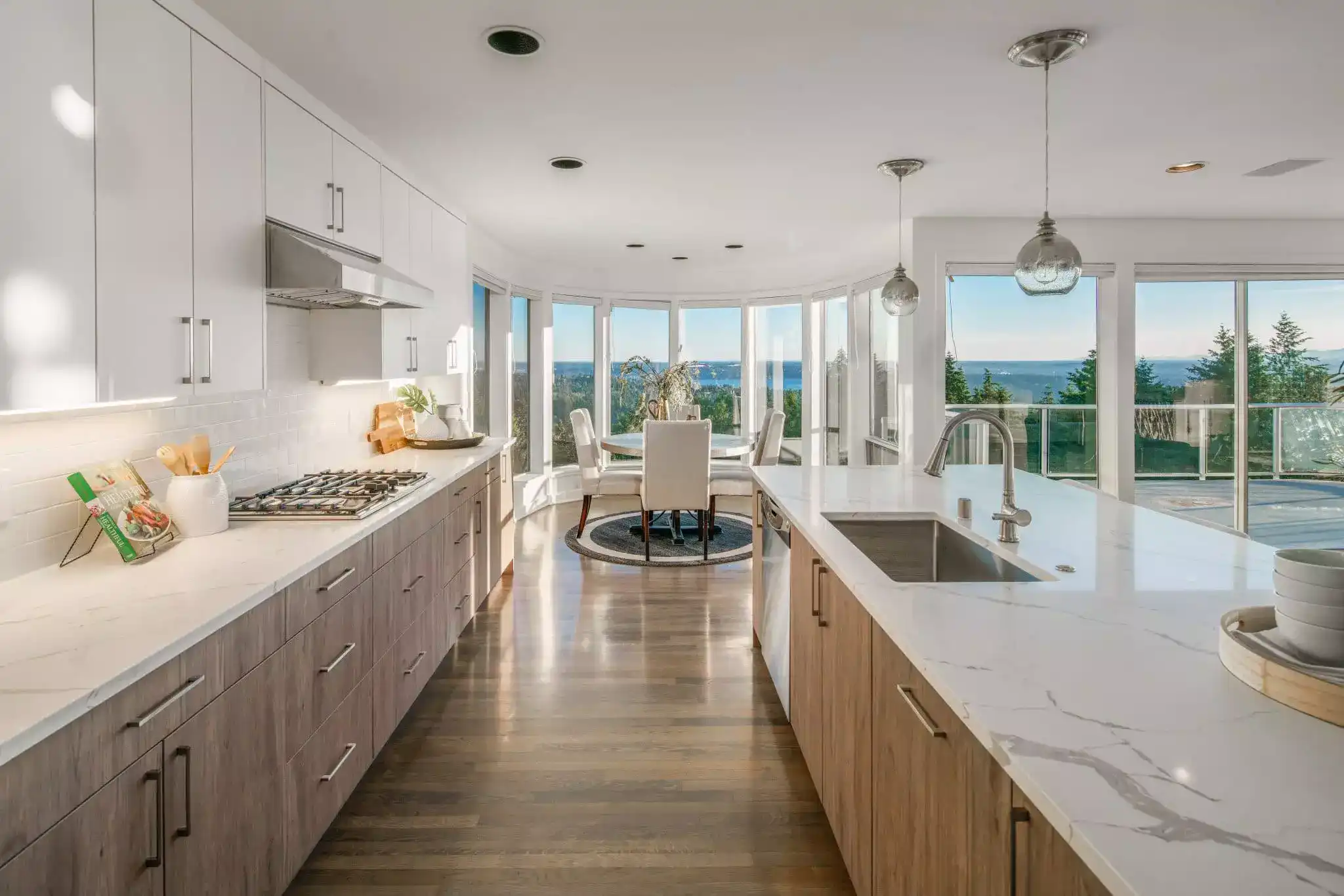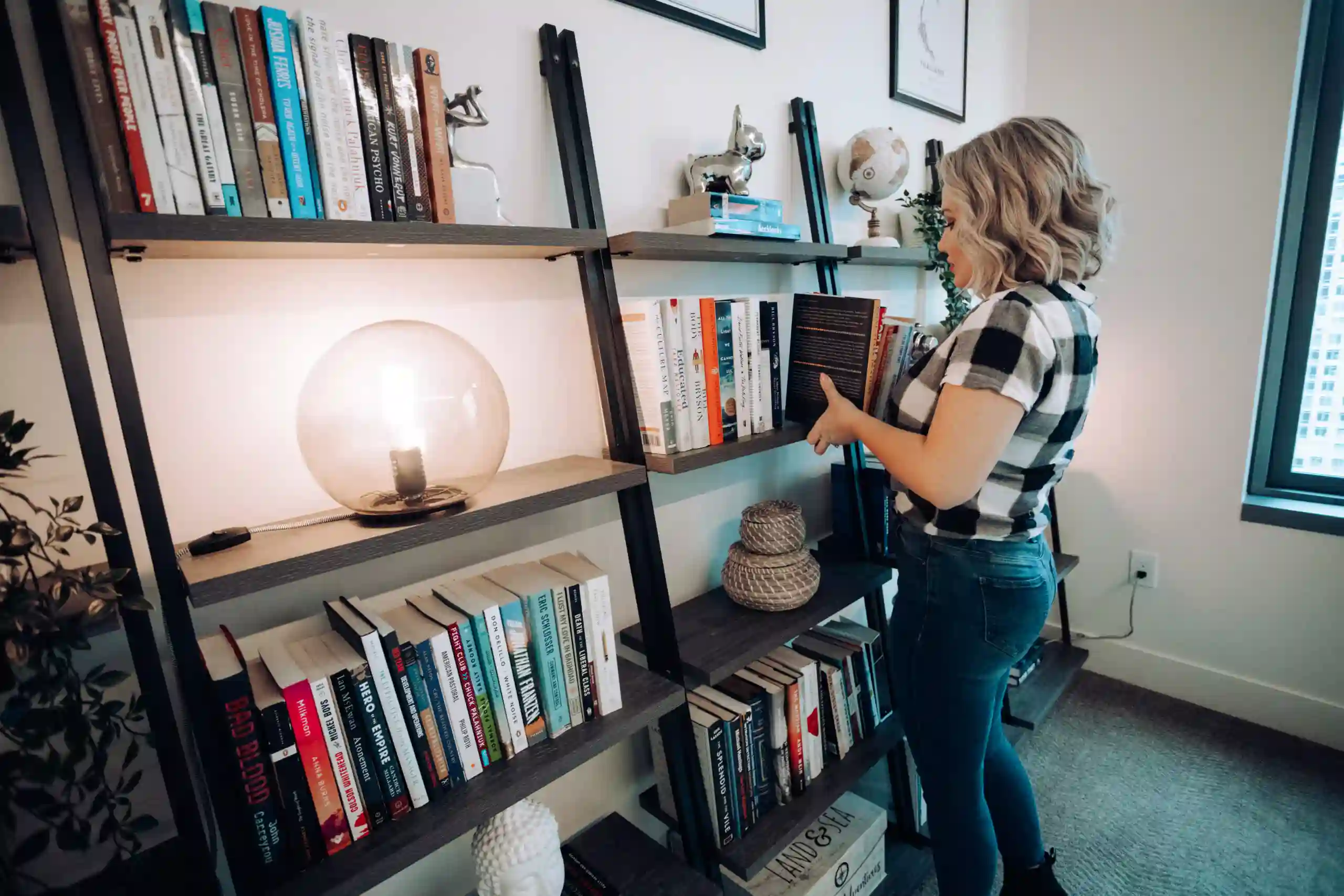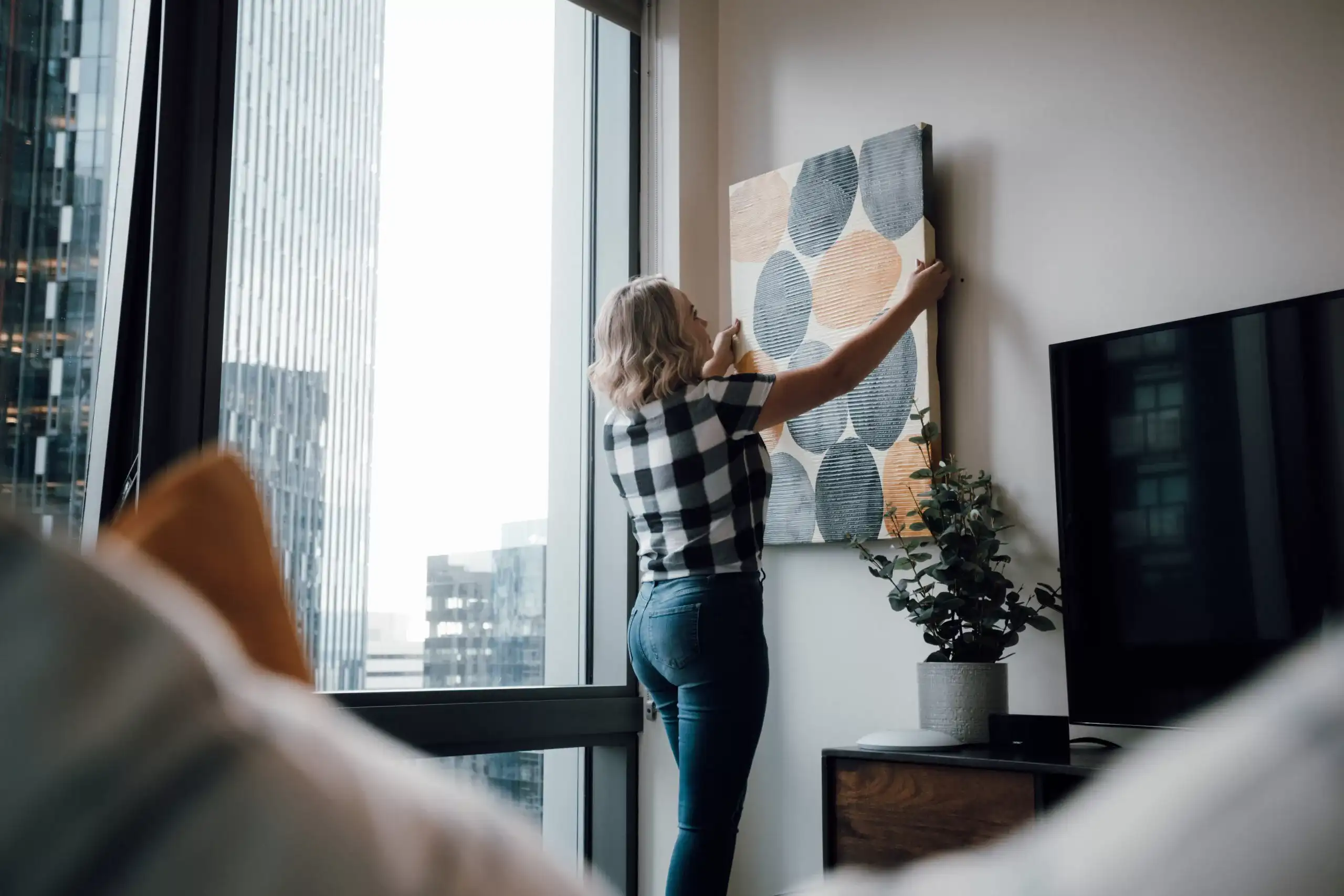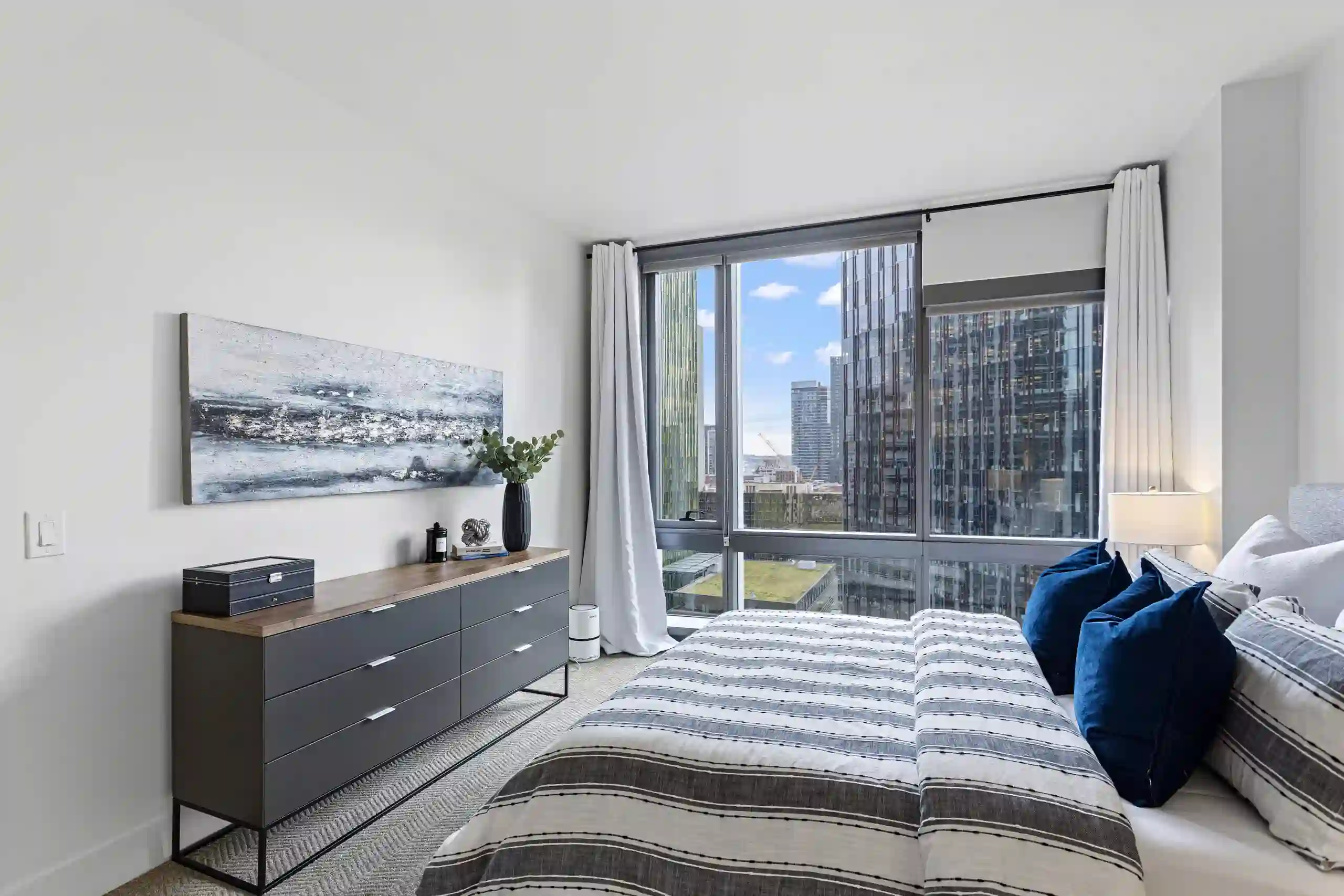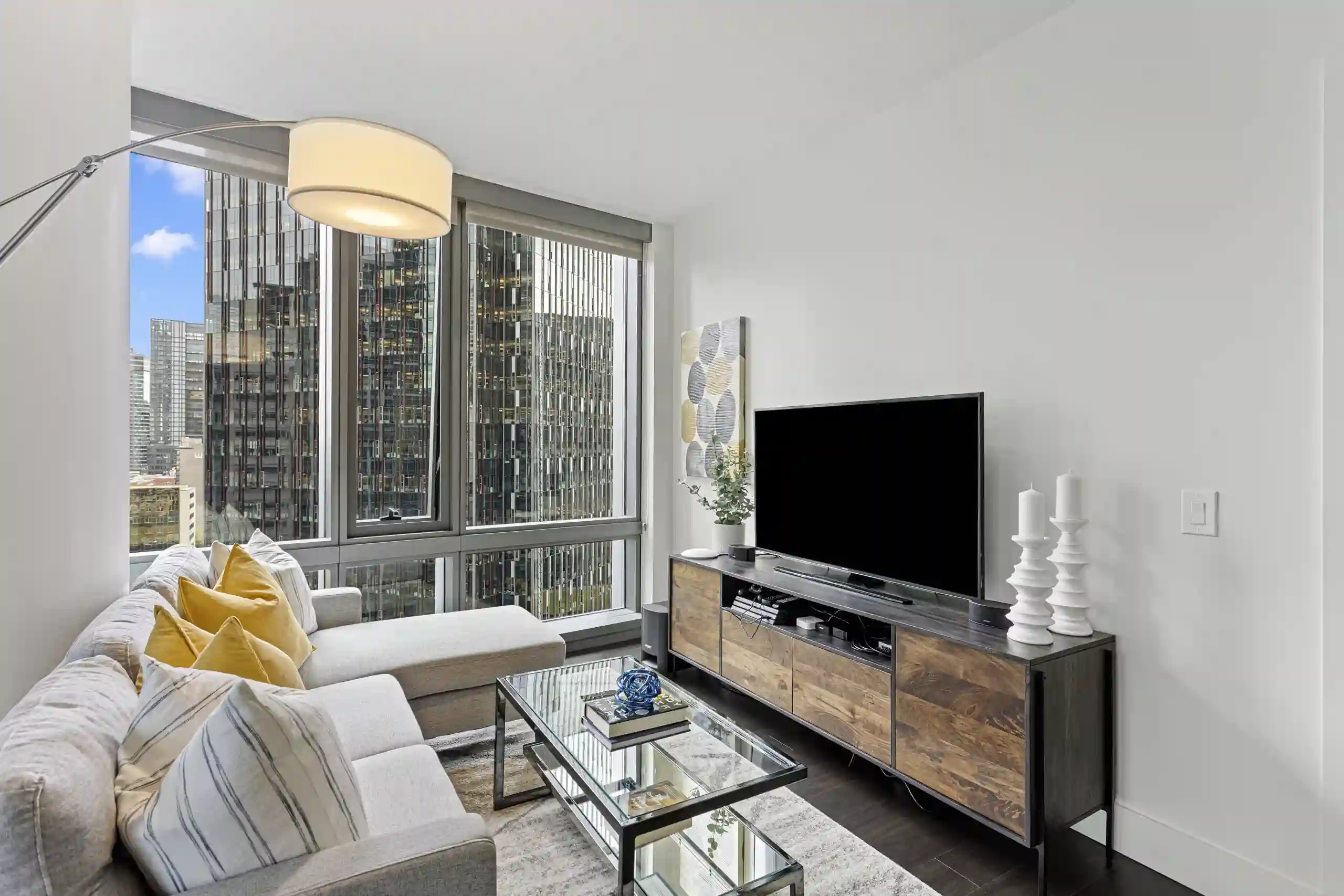Marketing Your Home in Our Current Market (Part 2)
By Tanya Nazariya (Owner of Brilliant Staging & Design)
Hello my lovely followers!
Last week we started our Marketing Series. Before that we discussed how our market has slowed down and the importance of preparing a home for sale. This week I would like to spend some time discussing my favorite subject- Staging!
I get many questions about staging and marketing. Does staging actually work? Is it worth the money? YES and YES!! And how how do I know if someone is a good stager?
Lets not waste anymore time and dive right in…
What is Staging?
Professional staging is beyond decorating. It’s about perfecting the art of creating moods. Staging consists of a professional team bringing in furniture, décor, artwork, accessories etc. and strategically placing them throughout the home in a way that displays the best potential of a home. Staging should take into consideration the architecture of the home, the natural and artificial lighting present, colors used throughout the house, the size, layout, target audience, the psychology of buyers and the science of photography. My goal when I stage is for the photographer to not have to move a single item to get “the shot”. A stager should be educated in how photography works and make sure they are not blocking focal points or selling features in the home. Staging makes your house look bigger, brighter, cleaner, warmer, more loving and, best of all; it makes homebuyers want to buy it.
Professional stagers are highly skilled artists. They can take a blank canvas and paint a sensuous portrait without ever lifting a paintbrush. Good stagers possess the skills of a top-level designer and they create dramatic scenery that appeals to all five senses.
Picking a Good Stager
Picking the right stager is very important and can be difficult.
Not all stagers are created equal. Do your research! View their website and portfolio to see what kind of end results they produce. Check out their online reviews and social media. Don’t ever go with the lowest bidder! Compare their work. I have had multiple clients ask me to restage their home after another stager staged it. They had it removed and I came in and made the home look beautiful. What a waste of time and money. DO YOUR RESEARCH!! Do not just go with the lowest bidder, it can end up costing you more in the end. Just like with any profession, there will be newbies who pop up and don’t know what to charge so they lowball all their offers in hopes of scoring a job. I am, in no way opposed to new stagers. Some new stagers are better than ones that have been around for decades. But it’s important to view their previous work (even if it was just a couple jobs) and make sure they know what they’re doing. If they are charging a lot less than everyone else ask yourself- Why? Are they a member of RESA (Real Estate Stagers Association)? Ask them what their staging includes. Does it include artwork and décor? Rugs? Do they use real beds?
I have heard people say they can just rent or buy furniture themselves and “stage their own house”. Staging is not just placing furniture throughout a home so that it wouldn’t feel “empty”. No staging is better than bad staging. When I do staging consultations I tell people how to prepare their home A. For sale and B. For staging. If they choose not to stage I will be honest with them and tell them which rooms are better left empty rather than with their existing furniture. Some furniture makes a room look smaller, darker and less usable.

Choose the stager that is best for your home. After viewing portfolios ask questions. If you are selling a multimillion-dollar home: does the stager have experience staging larger, more expensive homes? Do they have the inventory needed for your job? If you are selling a 600 sq. ft. studio apartment: does the stager own smaller scale, modern furniture? What kind of homes does the stager specialize in? Some stagers do everything (like me) and own the inventory needed for a huge array of styles and homes. But other stagers may not feel comfortable taking on certain jobs. And that’s ok! What makes a good stager is being able to say no to a job they aren’t equipped to take on. Make sure you like the person. Meet your stager in person for an estimate. Are they knowledgably, kind and caring? Nobody likes to work with a witch. So don’t hire one. Selling a home is stressful enough, hire people who make you feel at ease.
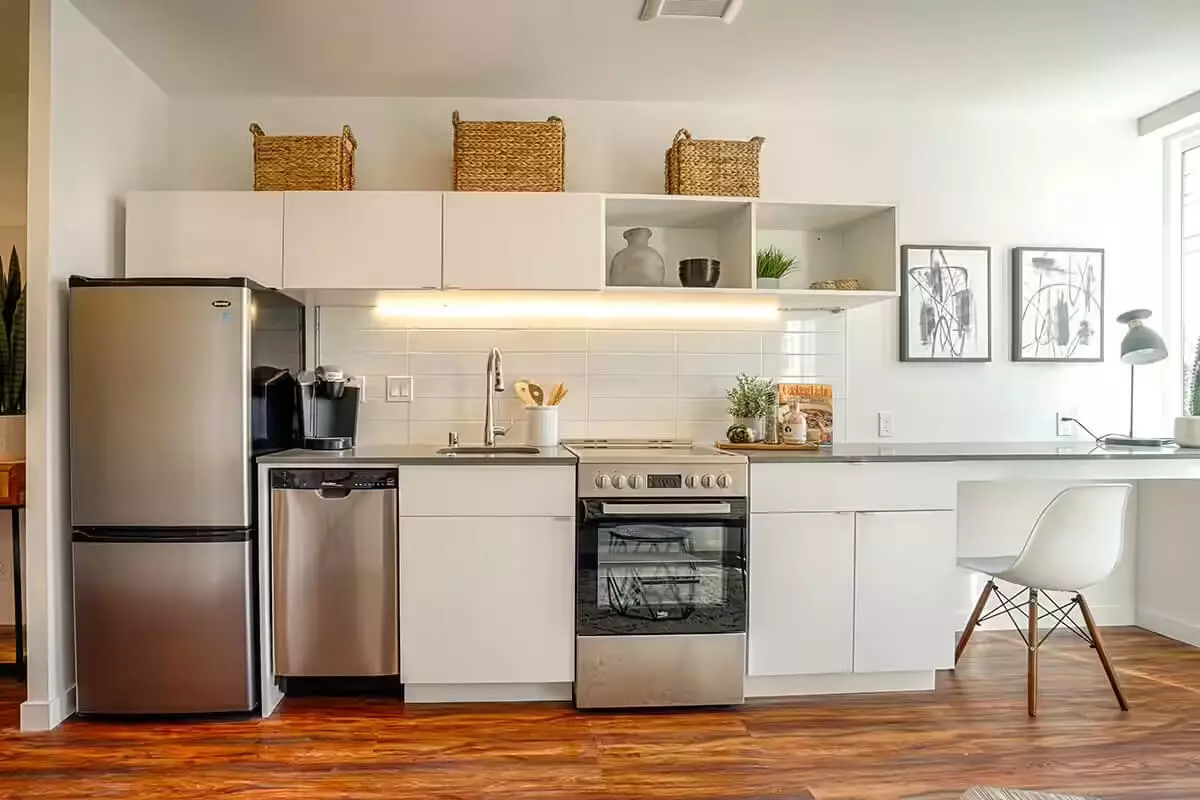
Virtual Staging is different than Real Home Staging
Staging falls under the marketing prong. Staging not only gives you beautiful, emotion-provoking photographs, but it is also vital for open house and viewings. I have had many questions about virtual staging. ? This could be a topic in and of itself but I want to touch on in here as well. For those of you who don’t know, virtual staging is where someone (usually a graphic designer) adds furniture to your photographs to make it look as if it is staged. I do believe there is a place for this service, for example: a home that is not completed yet or someone selling a house/architecture plan. But I do not believe it belongs in normal homes for sale.

- It usually looks terrible and cartoon like with furniture floating throughout the home. Even the “better quality” virtual staging still look fake. It doesn’t give people an emotional connection.
- It gives people a false expectation. On a computer, furniture can be sized differently. You can make it look like you can fit an entire suite of living room furniture, yet in reality you might only be able to fit 1 couch. Or a home might look good on the photos but people show up and it’s a huge, nasty mess and looks nothing like the photos. I compare this to catfish in the dating field. Have any of you ever met someone online who looks sexy AF but shows up 30 pounds heavier and 15 years older? It’s not fair; the last thing you want someone to feel when he or she walks into your home is disappointment.
Why Staging is Important
Staging provokes emotion. When a buyer walks into a beautifully staged, clean home they instantly fall in love. They can imagine themselves living in the home. The beautifully set dining table gives them an idea of how they will spend their weekends with the family or host holiday parties. The nice sofa with a soft throw blanket gives them a cozy feeling of snuggling with their loved ones. These feelings play a huge role in the decision making process. Scientifically, buyers are more likely to remember a home that caused them to feel good emotions. The psychology behind it is very clear. When someone sits down at the end of the day and thinks about all the homes they viewed, which one do you think they will think of first? There’s a reason staged homes don’t sit on the market as long. According to the RESA (Real Estate Stagers Association) National Statistics Report, homes that were staged prior to being listed spent 90% less time on the market! This is including vacant and occupied homes. That’s right! Occupied homes can be staged too! (we’ll save this topic for another day) Staging is a great investment and usually saves you money in the end. I always tell my clients, “The cost of staging is less than your first price drop!”
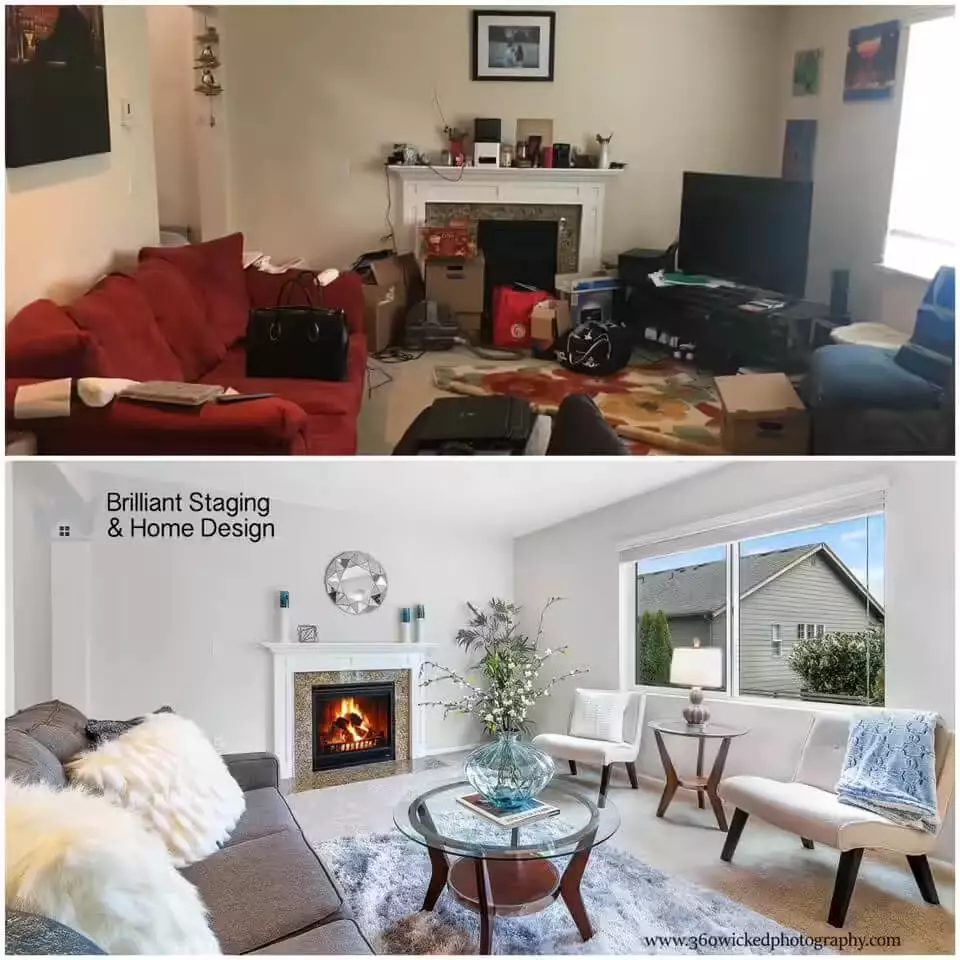
Remember that RESA National Statistics Report I quoted earlier? Well there’s more exciting stats!
In that study they compared 1,081 homes (vacant and occupied) and the unstaged homes spent an average of 184 days on market (DOM). After staging those same homes they sold on average in 41 DOM. But the homes that were staged PRIOR to going on the market sold on average in 23 DOM.
But wait there’s more!
184 DOM + 41 DOM after staging= an average of 225 DOM. That’s about 7.5 months! Lets round up to 8 months of expenses. If your monthly expenses for a home are approximately $3,400 x 8 months on the market= $27,200 carrying costs. Well if you were smart about it and had your home staged, the average 8 months would go down to an average of 1 month on the market: equaling about $3,400 in carrying costs. You would save approximately $23,800 in carrying costs by staging your home first. This is all statistically speaking. Of course there are always outliers and homes that exceed expectations etc.
I hope this blog helped clear up some questions you guys had about staging and its benefits. My next blog will cover the next portion of marketing your home: Real Estate Agents and Photographers. Another very important topic that can make or break the sale of your home.
Follow me on Instagram and Facebook for more tips, tricks and photos @brilliantstaging. If there is any topic in particular you’d like to read about, please don’t hesitate to ask. I take all questions to heart and want to help people understand staging, real estate, and design.
1/21/2018


